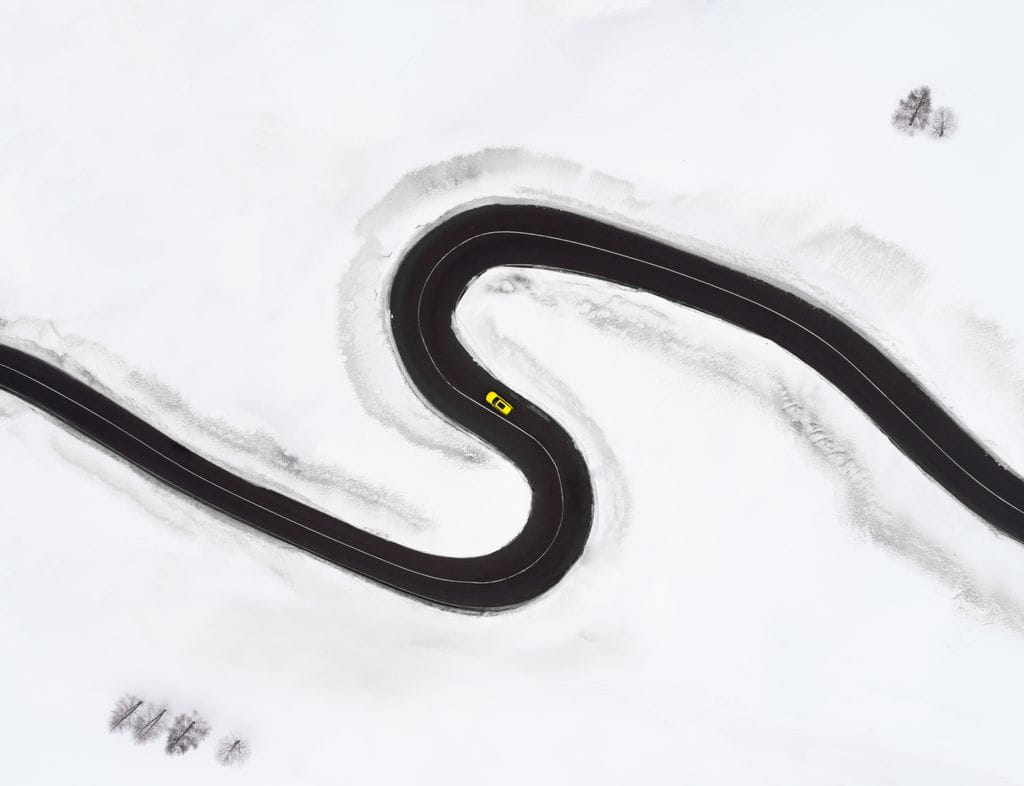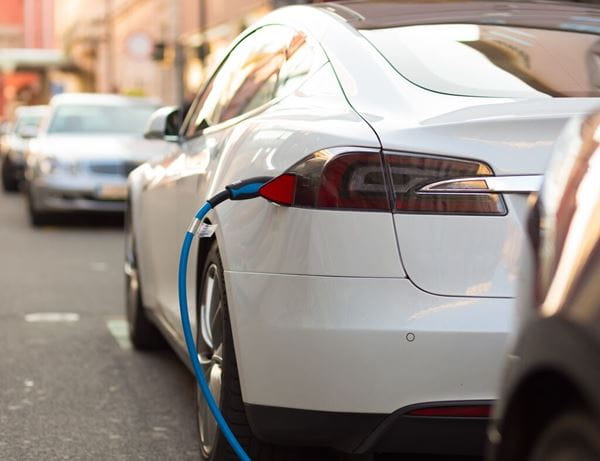
How to stay safe on the roads this winter
Winter can create some of the most challenging environments to drive in. Even highly experienced drivers can get caught out if their brakes suddenly stop responding or visibility is low.
A single journey in winter has the potential to leave drivers facing blinding sunlight, falling snow, sudden ice patches or even flooded roads.
It's important to stay alert in these conditions and remember that even if you feel in complete control of your vehicle, other drivers may not be. So, as the temperatures begin to fall, what can you do to stay safe on the roads?
The first, and most obvious step, is to always check the weather forecast before you set out. If the conditions are treacherous then it would be best to avoid driving at all. Remember, no trip is so vital that it is worth taking unnecessary risks for.
However, if you do decide to venture out, here are a few tips to help you stay safe on the roads:
1. High gear, low revs
When setting off, using a higher gear will give you more control over the vehicle and in slippery conditions avoid using first gear if possible.
2. Take your time
When driving in snow avoid high revs, but don't drive so slowly that you risk losing momentum and becoming stranded.
3.Skidding
If you do get into a skid in snow or ice, it may seem counter-intuitive, but take your feet off the pedals and steer the vehicle to safety. Only use your brakes when it is not possible to steer your way out of trouble.
4. Braking
Triple the normal braking distance and allow enough space to stop slowly, using a low gear earlier than normal and gently applying the brakes.
5. Roads
Try and stay on the main roads, as these are more likely to have been gritted and cleared by a steady flow of traffic.
6. Visibility
If you have to drive in heavy snowfall, use dipped headlights or fog lights, but remember to turn them off when conditions improve.
7. Potholes
Potholes are more likely to appear following freezing temperatures and may be difficult to see in snow or flooded areas. Not only can they cause damage to your vehicle, but also temporary loss of control.
8. Fog
Fog can quickly appear causing a sudden loss of visibility. If this happens, it's important to slow down - but don't just slam on the brakes as this could cause a collision. Gradually reduce your speed, keep your distance and use fog or dipped headlights until conditions improve.
9. Flood water
During the winter months and into spring, flood waters can appear as a result of heavy rain or melting snow. Wherever possible, avoid driving directly through the deepest water which is normally near the kerb. Take your time, avoid sudden acceleration and test your brakes a few times before you increase your speed again.
10. Be prepared
It may seem a little extreme to carry an emergency kit with you, but winter weather can be unpredictable. Pack for every eventuality and ensure you have the following:
- Phone charger
- Warning triangle
- Spade
- Winter boots
- Warm clothing
- Hi-visibility vest
- De-icer and a scraper
- A shovel
- A tow rope
- A torch
- Food and drink

.jpg?rev=3adbd558867c4d92bf9f22752f12a09c&mw=600)



